All products featured are independently chosen by us. However, SoundGuys may receive a commission on orders placed through its retail links. See our ethics statement.
CES 2023: An interview with Audeze founder & CEO Sankar Thiagasamudram
Published onJanuary 16, 2023
Learn more about Audeze’s latest gaming headsets, the LCD-GX and Maxwell in our full interview with Audeze CEO and founder Sankar Thiagasamudram, conducted by AJ at CES 2023.
Editor’s note: The text version of this interview has been edited lightly for clarity and flow, no content or meaning was changed.
SoundGuys: The first question I’d like to ask is about transducer technologies. Audeze primarily uses planar magnetic technology for your headphones, is there any particular reason why you focus on that, and is there anything about dynamic drivers that you find limiting?
Sankar Thiagasamudram: No, we started off initially as a planar speaker company. We made speakers, I think we have posted the picture somewhere, we made a big array for different military speakers where the sound could be thrown for one mile or half a mile distances. So that’s what we started making. We started making our own thin film to make these planar drivers, because way back when we started in 2008, there were the old planar speakers from Fostex and stuff, but nothing new had come up for a while.
We thought there was a gap in the market where we could take planar drivers and push it forward. And then if you look at the original drivers and stuff, the headphones were bulky, heavy, and very inefficient. So we thought with all these new advancements in thin film technology, PCB, manufacturing, all these things, we could make them more efficient, more easy to use. You can see the progress from LCD headphones we still sell. The drivers used to be big and bulky. Now with Mobius and Penrose, Maxwell, and even small in ears like Euclid, we can make them much more efficiently.
We are not limited to planar drivers. We last year we introduced our first electrostatic headphone, CRBN, and that also comes from our play for thin film manufacturing, because we make our own film we could figure out how to make carbon nanotubes to dope them. So we are not limited to these kind of drivers, we can make other type of drivers and stuff in the future as well. Here we have a clear advantage over other companies so we are using those for right now.
SG: You have just announced a couple of new gaming products, the LCD-GX and the Maxwell. Does that mean that the Penrose and the Mobius are now being discontinued?
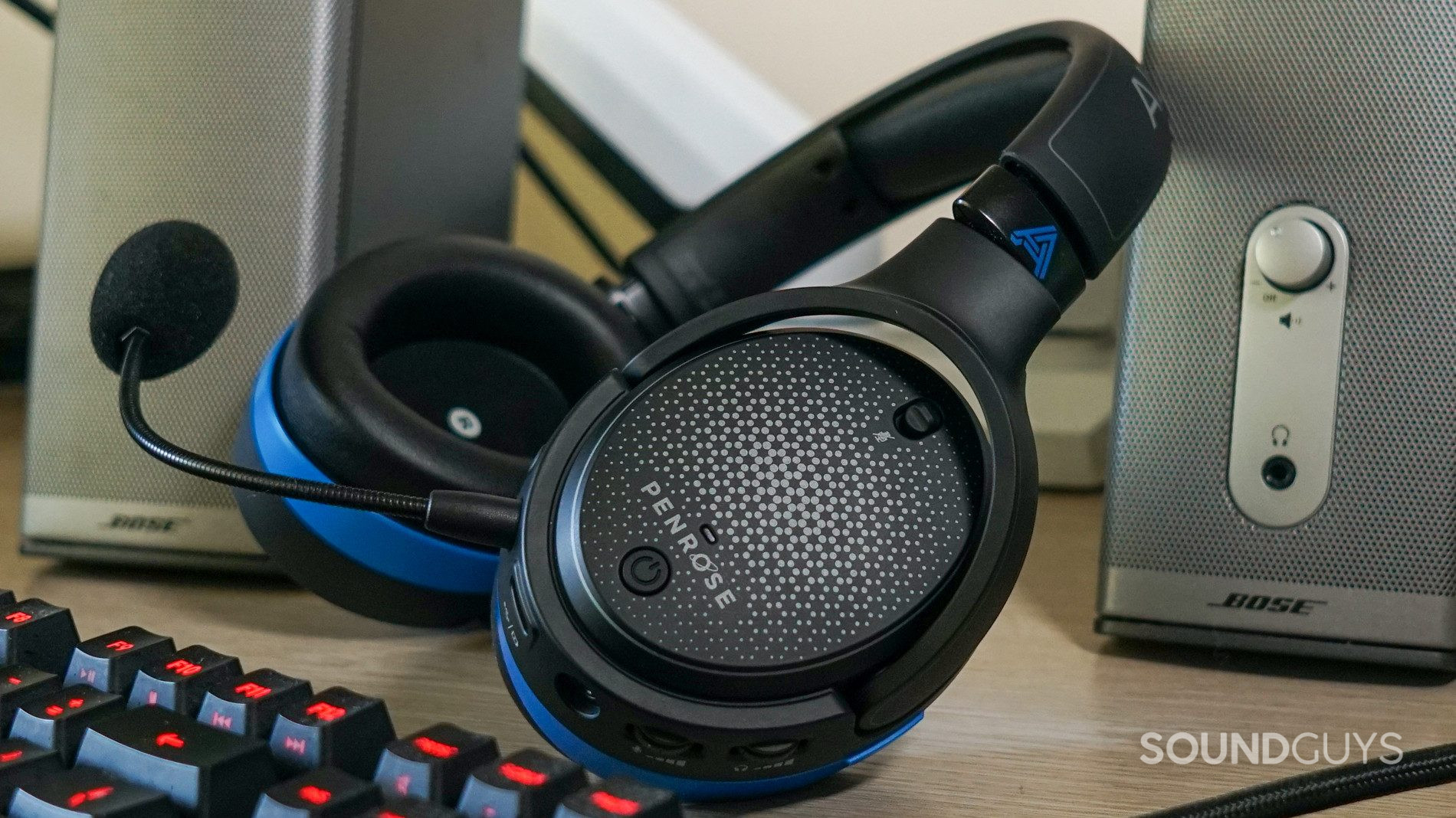
ST: Yes, Penrose definitely. We’ll probably at some point make a revision of the Mobius to bring it up with new chipsets, but Penrose itself will be discontinued and Maxwell will take over. Part of the reason was supply chain, but also new chipsets and new technologies are coming, and we want to take advantage of them. For example the Maxwell we have neural network accelerators and stuff in the chipsets now, and chipsets are getting more efficient, so we basically decided to transition from older proprietary chipsets to a new platform. We think of the Maxwell as a new platform. We will have other form factors and other headphones coming out in the future with this form. The platform that we have is very flexible, so we think not just gaming, but even in enterprise we will have some products in the future.
SG: With the LCD GX, that’s an all-analog, open-backed planar driver headset. It’s an LCD series product, so which of the existing LCD products do you think it’s closest to in terms of sound?
ST: Actually it’s a little unique even for LCD series. One of the reasons we made that headphone initially was we saw people gaming with our headphones, even the LCD-2, and we thought okay, what if we can make one headphone that is much more easy to use, so that was the primary reason behind it. We were also collaborating with Shure-designed microphones, so we thought we could combine these two and put it in a headphone. That was how GX came through. It’s a single sided design, somewhere between the Maxwell and the Mobius. Some magnetic structures were from there for the weight, but we took a full LCD form factor and the driver from there. It’s like a cross between them.
SG: Sticking with the LCD series, the LCD-5, which was the most recent product in that line before the GX, that has kind of a different sound signature. It seems like you moved away from what people referred to as the Audeze “house sound.”
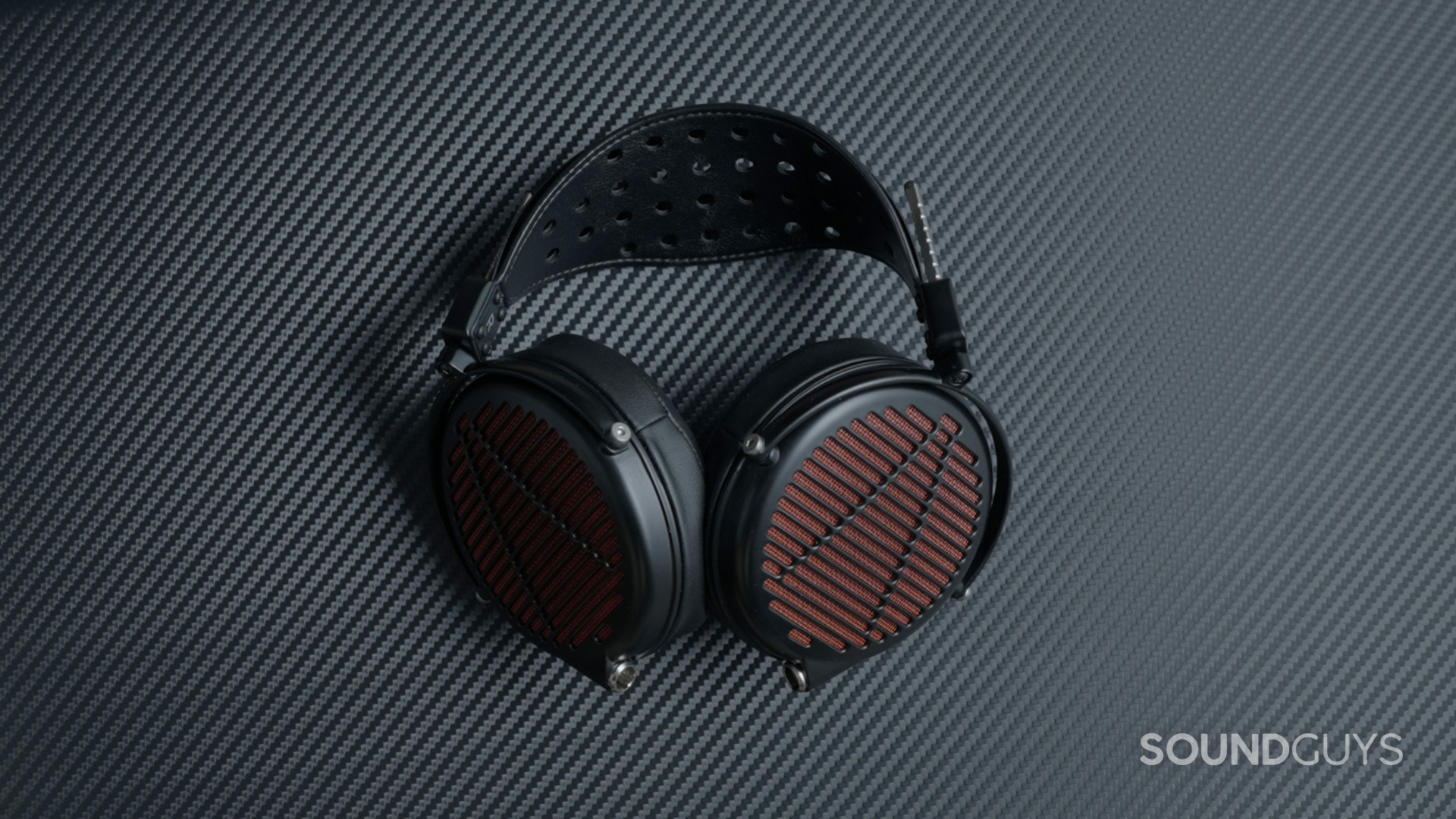
ST: That’s more of a term that came up, but we have this plugin called Reveal+, and if you see the target curve that we have there is typically similar to what we want to have always. For any of our headphones, especially because a lot of people use them for mastering and mixing, we had the curves for that in the Reveal+. So if you take an LCD-3 for example, there’ll be a compensation curve for it to get it closer to what we call our internal reference curve, and LCD-5 is actually closer to the reference curve than the LCD-3.
Many people who like a little bit darker sound signature we’ll probably continue to have some headphones with that, and the LCD-5 and actually the MM-500, which we introduced, is more neutral than some of our other headphones. But in our newer generation headphones, which I call active headphones because they have DSP, we will allow people to have all sorts of variations. For example, Maxwell has the Audeze house curve [and] it has an alternate curve similar to the Harman curve for the people who prefer. Then we will have other options as well where people can tweak it and change quite a bit.
SG: Would that be in conjunction with the desktop app?
ST: Yes, a desktop app or an Android app, but the DSP is inside the headphone. What we are doing here is changing it and storing it in the memory, because one of the reasons we don’t want it to be always sending it from the app is because these headphones can be used on an Xbox, a PlayStation, Nintendo Switch and everything. You don’t want to be trying to tweak it on each platform in software, so you can set it up and store it.
SG: So it’s taking the possibilities of the Reveal+, but building it into the headphones, so you’re no longer tethered to the computer?
ST: Correct. The one difference between Reveal+ and this is the HRTF. The HRTF is quite different for mastering engineers, because they want to make it sound like a studio. When you scan your ear, the Embody app creates the HRTF, it downloads it to Reveal+, and you can use it. But what we are also planning to show soon is a similar personalization with Atmos and other things at some point in the market. That’s not our product, it’s a Dolby product, but you’ll be able to do something similar with Maxwell and other products as well. So there are two different things: the EQ things we will build it in, but the personalization that probably will live with the render engines in case of Xbox or Pro Tools or whatever.
SG: I’m excited to see that in practice. With the Maxwell, you’ve now moved to Atmos, which is which is a big step up from what was available on the Mobius. But does the Maxwell include head tracking?
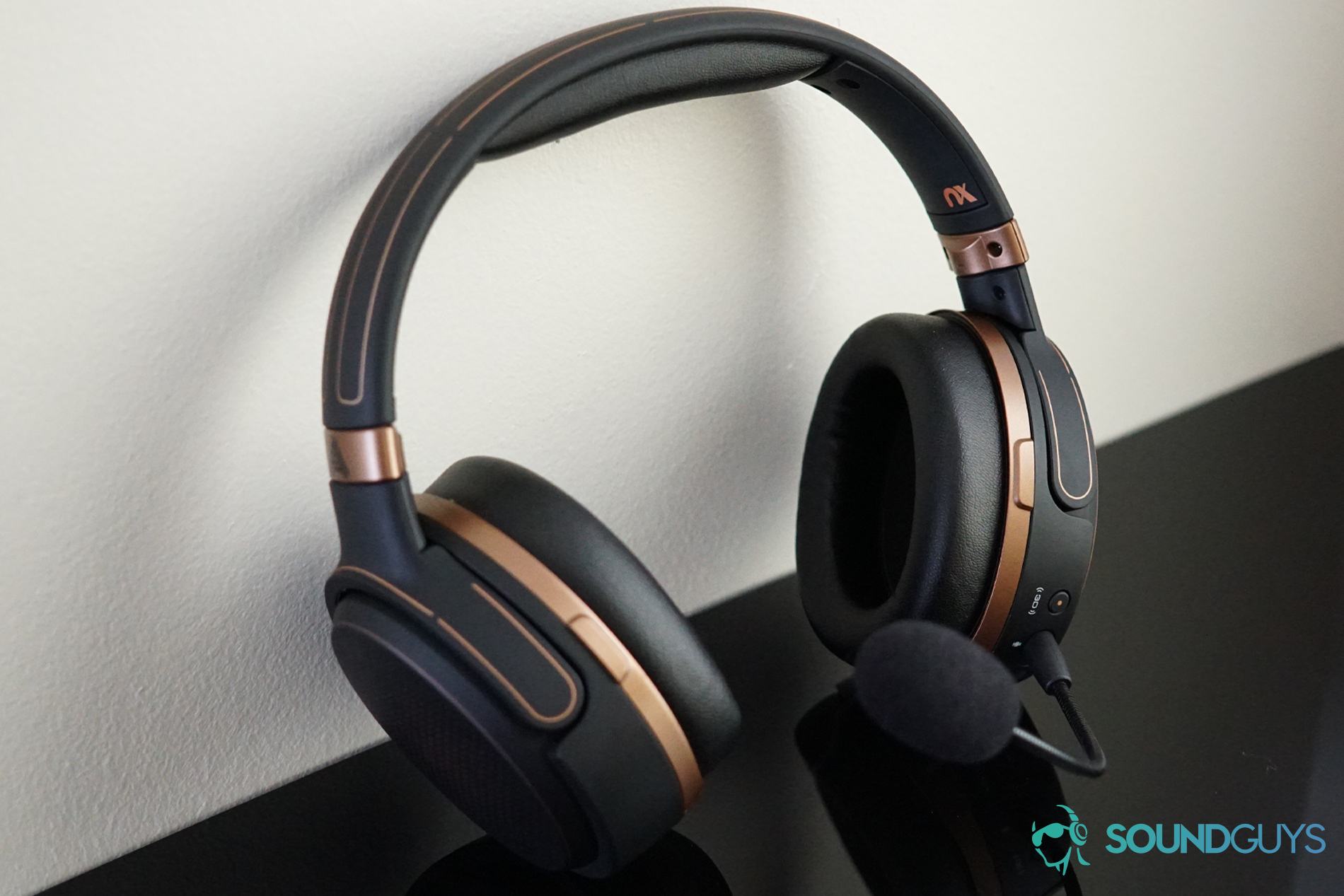
ST: No, it does not. So there is a difference with Atmos in the console world, we are limited, we do not have a choice on what 3D algorithm to use, they are decided by the console. Windows desktops will have Atmos built in (in Windows 11), Xboxes have Windows Sonic or Atmos; and PlayStation will have their own software, Sony 3D audio. We do not control this. So it’s very difficult for us to put the 3D algorithms inside the headphones because we have to work with the existing platforms. For Maxwell, because we wanted to be a console game headset that works on both PC and consoles, we had no other choice.
SG: The decoding isn’t happening on the headphone?
ST: Decoding is not happening, but we have put in metadata that immediately tells the Xbox, for example. So in the Xbox previously, you had to download an app from Dolby and activate it. You no longer need it. The moment you plug in the headphone, even if you don’t have the app, you will still get Dolby Atmos on Xbox. So then if you want to do the other things in the future like personalization and stuff, you can enable it with the app. Those are the things coming down the pipeline.
SG: On the Maxwell microphone side, I see you’ve got some interesting DSP features I haven’t seen elsewhere. For example you’ve got an EQ.
ST: That one we are still actually working on. That is because of the noise removal algorithms. We are trying to figure out how much to enable. There is DSP there, but the question is what we will enable for users. There is a huge neural network accelerator. Both boom microphone and embedded microphones actually go through the neural network, and in the embedded microphones we also do a little bit of beam forming on the networks, so all the noise gets removed.
We are now trying to also include automatic gain control, so it doesn’t matter whether you use boom or this (embedded mic)., All these things get a very easy, good voice quality out of it. So I think most people will be actually surprised by the amount of noise it removes very easily.
SG: How much of the noise removal technology is from your FILTER (Bluetooth Conference Speakerphone)?
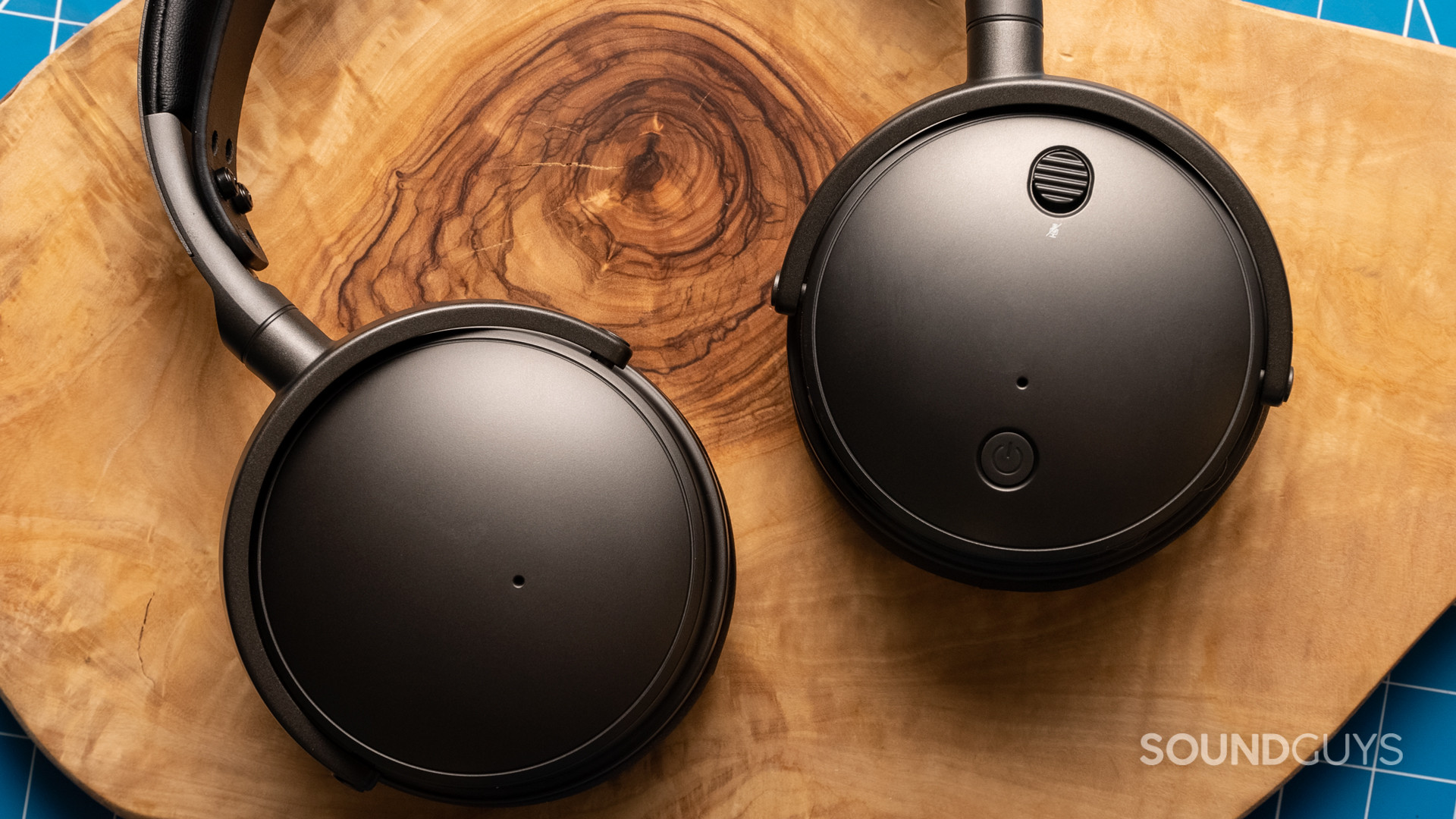
ST: Same exact algorithm running on both. There is no difference between the algorithm on FILTER and the algorithm running on Maxwell. Yeah, same exact one.
SG: The FILTER seemed like kind of an out-of-left-field product for you guys, because you’re mainly focusing on headphones. What was the story behind that product?
ST: We always try these new things. We are a technology company at heart. If you look at last year, we made a headphone for MRI machines, and we made the FILTER, and even before this, if you go back, we made the first Lightning headphones with Apple, the EL-8 Lightning. So we have always tried to do things. Even Mobius for example, with all the head tracking when it came out in 2017, was a very different than anything else, even for a gaming thing.
FILTER we see as a product that we think can make a difference, because it’s a small form factor speaker, but it also has noise filtering technology, and it’s easy to use. The one big problem, when my mom for example uses these kind of things, is you have to go to Zoom and set the settings, you have to go to Skype and set the settings. Here all the AI is on the edge so you don’t need to worry about it and for corporate environments you can still encrypt the audio afterwards. If you’re doing [noise removal] on the cloud it’s not possible to encrypt the audio at the edge.
I think there’s a lot of small new things, and we also like the planar form factor where you can have directionality in the speaker. We thought we could combine this with a really nifty form factor. As more and more people are working hybrid work, sometimes they are at home, and they have to go to work some days and still have a speaker for small meetings, so we thought that actually was a nifty product. In the long run, we see many people also using our headphones for Zoom calls and stuff, so I think these kind of markets are merging with all the bring-your-own devices. We think there might be some crossover of use cases even for our headphones in enterprise. All the products in that market are very big: you’ve seen those big desk ones, there’s nothing small, nifty, easy to carry. That was a goal.
We’ll create more of these kind of products. I think that’s what differentiates us, because we make our own drivers to everything. We can make a rectangular driver for FILTER in a week. That makes it easy for us to try new things.
SG: Any plans to scale up that that kind of technology for larger speakers, studio monitors, or something like that?
ST: We actually made some studio monitor prototypes and we showed it in 2013 at CanJam. I’m not saying no, but I think there is a lot of new things, especially in the headphone market, and we don’t want to get too distracted either. Studio monitors, not for now, but we will have other form factor speakers in the future.
SG: So we’ve seen Audeze technology in HyperX products and also in Edifier products, are you pursuing any other relationships like that?
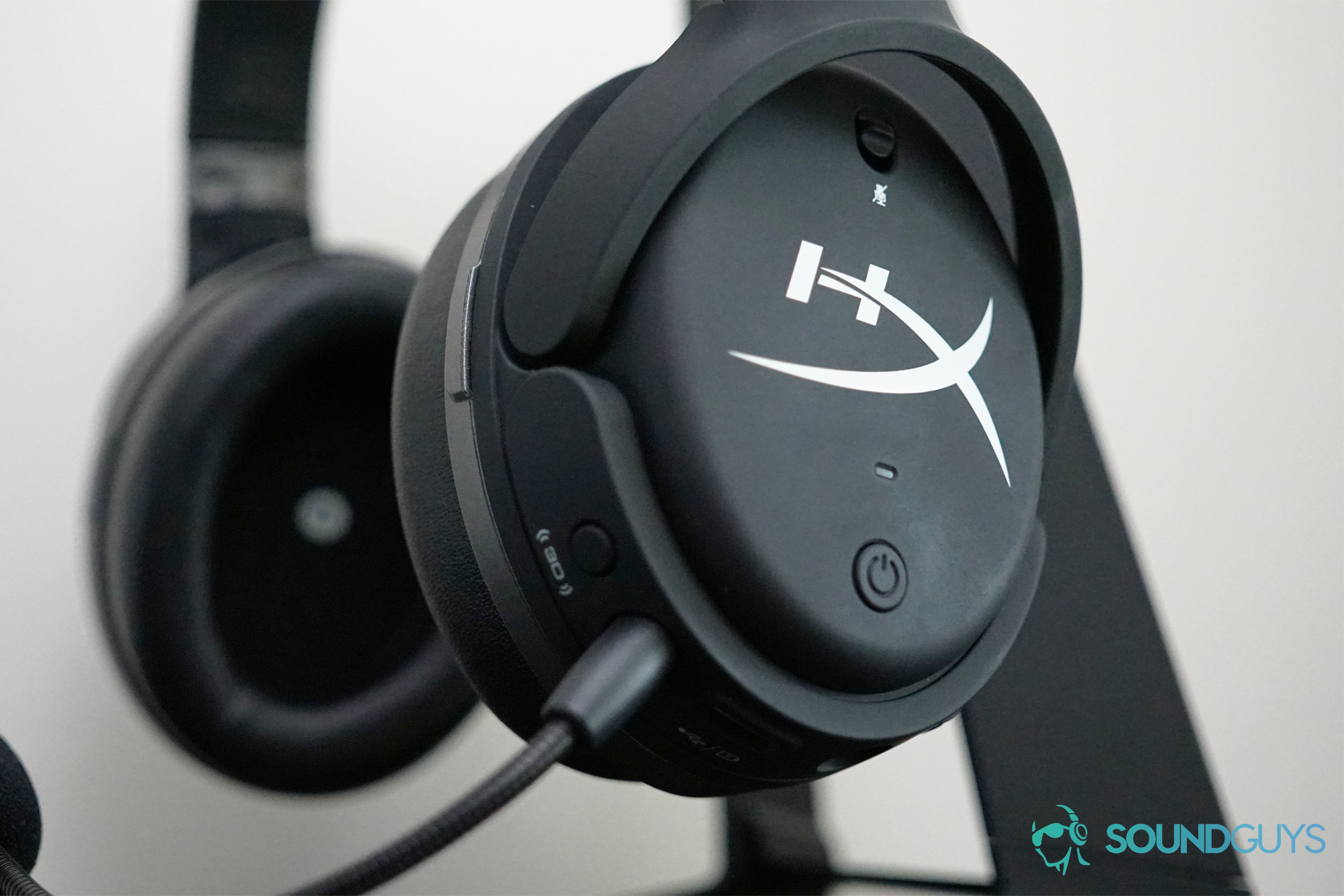
ST: We have probably the biggest speaker manufacturing facility in the US now as we grow more and more, and it’s getting more and more automated in Orange County, California. It’s not like we want to work with everybody. We want to pick and choose. We have certain goals. Some of these volume products, like especially HyperX, because [the] deal was we have no retail presence in the stores. HyperX, actually their office is very close to ours, and we had this nice collaboration where we could take the Mobius product and make a variation of it for them, and they could also put it in all the retails, and it was fairly successful for both of us. So if there is an opportunity where there is an advantage to us, then we will certainly do it. It just has to fill the business case for us.
SG: You brought the Maxwell along with you today. Is there anything you’d like to show us or anything else you’d like to talk about on this product?
ST: Sure, you know, it’s probably our best-sounding gaming headset that we have made so far USB-C, [24 bits/96kHz], boom microphone, embedded microphones here, and these are the microphones for noise removal. So that’s how the filter works. And the best part about it, one of the things that I really like, is battery life: we get more than 80 hours of battery life playing continuously at 80dB. So I haven’t charged this since I came to CES. You can charge it for one hour, and it does quick charge. It does all the other things that we have.
When we did Penrose it was one of our first made-for-gaming headsets, and people online gave us a lot of feedback. They want the game chat balance this way—all that stuff. When you plug this in it appears as a separate device for game and chat. So we have taken all of them and tried to incorporate it and put it in, so hopefully people will like them.
SG: Have you got any plans for any ANC products?
ST: At some point yes, but we need to make sure it fully works with planars and stuff. We do have a patent on noise cancellation with planar. It’s public information, but we need to make sure that it works well really, and also it gives a good experience. At some point we will try to figure it out.
Thanks again to Sankar for taking the time to chat with us at CES!